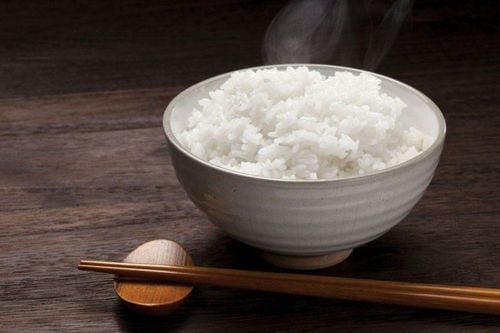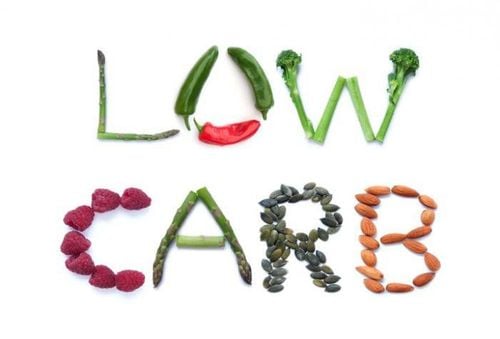This is an automatically translated article.
Bread is a food made from flour and water with many different flavors. In terms of nutrition, bread provides more than 10% of protein and iron in the body.1. Bread is low in essential nutrients
Bread is quite high in calories and carbs (starch) but low in protein, fat, fiber, vitamins and minerals. However, the nutrient composition can vary between different types of bread.
Below is a table that compares the nutritional and calorie content of bread in 3 different types. Note DRI is the Recommended Intake (Dietary Reference Intake)
2. Gluten-Contained Bread
Products like bread contain gluten, which is a protein that helps the dough rise and gives the bread its elastic texture.
Some people may also be sensitive to gluten causing problems such as bloating, diarrhea and upset stomach. For these cases, the patient needs to completely avoid eating bread to prevent negative symptoms.

Gluten có trong bánh mì có thể gây tình trạng đau dạ dày ở một số người
3. Bread is high in carbs (starch)
High carb bread with one slice of white bread has an average of 13 grams of carbs. The body breaks down carbs into glucose, leading to an increase in blood sugar. Some studies show that eating foods with a high glycemic index (GI) leads to hunger and the risk of overeating. GI is a measure of how quickly a food raises blood sugar. A high-carb diet may also be associated with an increased risk of type 2 diabetes and metabolic syndrome, a group of conditions that increase the risk of heart disease. However, certain types, such as whole grain bread, are high in fiber, which can slow the absorption of sugar in the blood, helping to stabilize blood sugar. Studies show that increasing the amount of fiber in your diet can reduce your risk of coronary heart disease, feed beneficial bacteria in your gut, and increase stool volume to help you have regular bowel movements.
4. Bread may contain unhealthy substances
Whole grains often contain unhealthy substances, which are compounds that prevent the body from absorbing certain minerals. In particular, grains are high in phytic acid, a molecule that binds iron, zinc, magnesium and calcium and prevents the body from absorbing nutrients.
Trong bánh mì có thể chứa một số chất không lành mạnh đối với sức khỏe người dùng
5. Whole grain bread has few health benefits
Consumption of whole grains has some very good health benefits that reduce the risk of heart disease, diabetes, obesity and even colorectal cancer. However, bread is made from grains that have been ground to form smaller particles that are easier to digest but reduce the health benefits. For this reason, the benefits of whole grains like oats, buckwheat, and barley may not apply to some breads or other refined grains. However, whole-wheat bread has more fiber, protein, and micronutrients like selenium and manganese than white bread, making it a better choice if you're looking to lose weight or improve health. For any questions that need to be answered by a specialist, you can contact Vinmec Health System nationwide or register online HERE.













